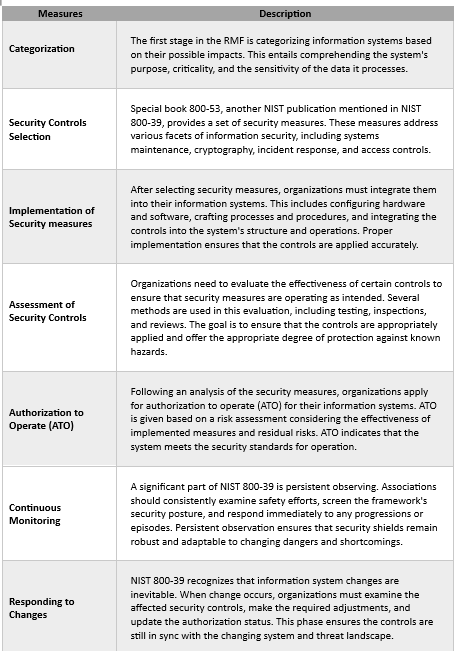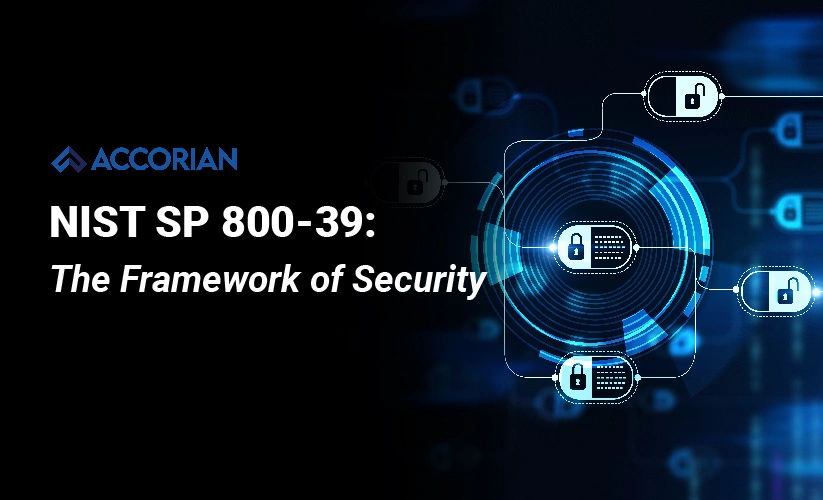Written By: Vigneswar Ravi & Vedashree Venkatesh
The ever-changing digital landscape poses a rising security challenge for organizations. Data security is not just a priority; it’s a necessity. It must be effectively integrated with development objectives to ensure alignment and effectiveness. According to a recent IBM report, the average data breach cost in 2023 was $4.35 million, emphasizing the importance of robust information security measures. The National Institute of Standards and Technology NIST SP 800-39, released in 2011, is a valuable resource in the ongoing battle for data security.
The National Institute of Standards and Technology Special Publication NIST SP 800-39 is an exhaustive guide for incorporating information security into organizational architecture. This document enables organizations of any size or industry to efficiently manage risks to assets, operations, and information systems.
Why Do You Need Robust Information Security Practices?
Robust information security practices are a strategic approach against the complexity and evolution of cybersecurity risks. As technology becomes more prevalent, the risk of cyberattacks rises dramatically. Enterprises can secure sensitive data, maintain regulatory compliance, ensure business continuity during disruptions, and create stakeholder trust by actively detecting vulnerabilities, assessing risks, and implementing focused mitigation techniques.
Types of NIST 800-39
NIST Special Publication 800-39 is divided into volumes, each focusing on a different facet of data security. Despite this division, the publication provides comprehensive guidance for managing risks related to data security. These comprise:
Understanding the Risk Management Framework (RMF) in NIST 800-39
NIST Special Publication 800-39 offers guidance on risk management for information systems. Organizations can enhance their risk management compliance and cybersecurity posture by understanding the essential elements of NIST 800-39.
By categorizing systems, organizations can identify the right level of protection necessary. The RMF consists of several measures that assist organizations in consistently and fully implementing risk management practices.

Benefits of Implementing NIST 800 – 39
- Enhanced Risk Management
- Improved Security Posture
- Regulatory Compliance
- Proactive Threat Management
- Continuous Improvement
- Resilience
Benefits Beyond Compliance
While consistency is a significant driver for adopting the NIST Special Publication 800-39 framework, numerous additional benefits extend beyond consistency. Associations can:




